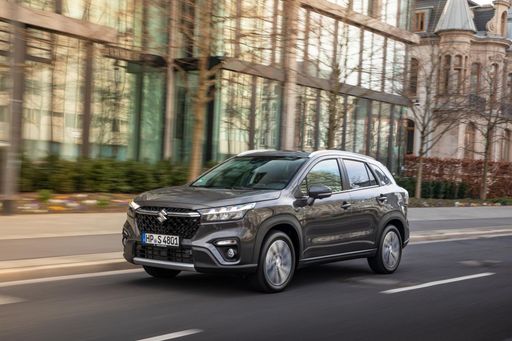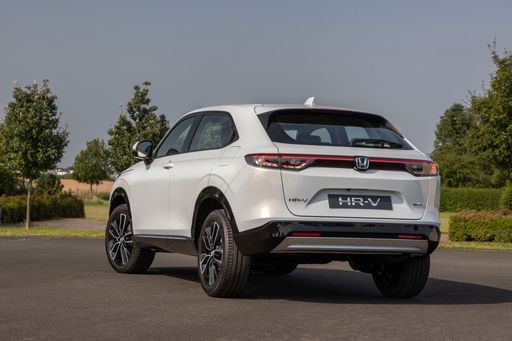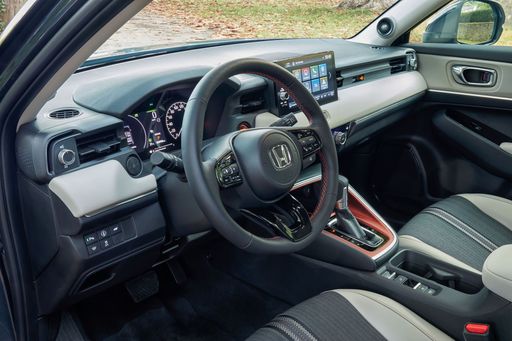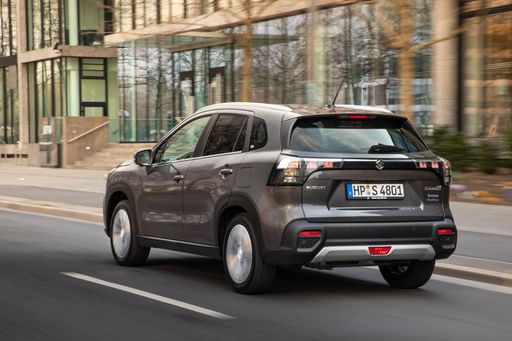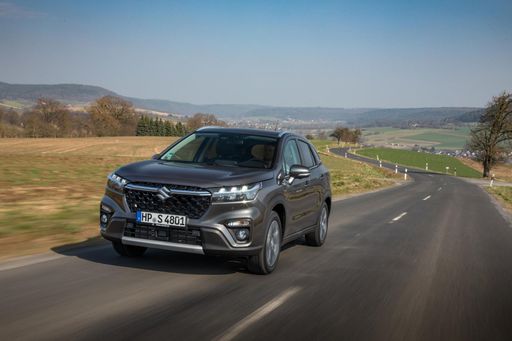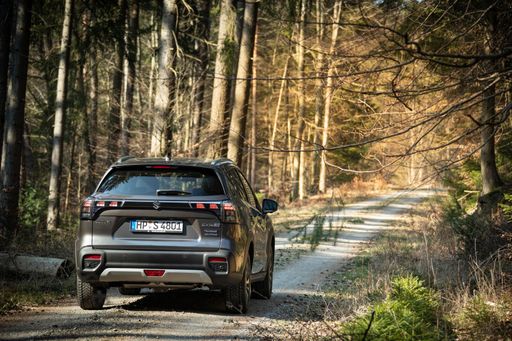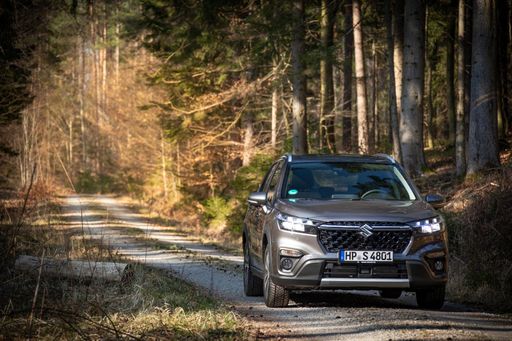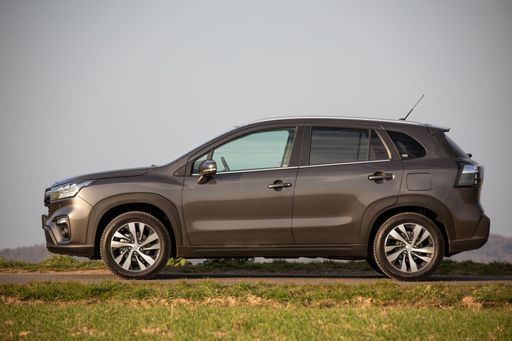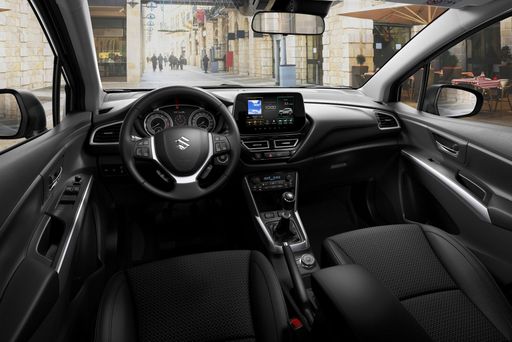Introduction
The automotive market is constantly evolving, and the competition among compact SUVs is fiercer than ever. In this article, we will delve into the specifications, performance, and innovations of two notable offerings: the Honda HR-V and the Suzuki S-Cross. Both vehicles cater to a growing audience seeking the perfect combination of style, functionality, and efficiency.

